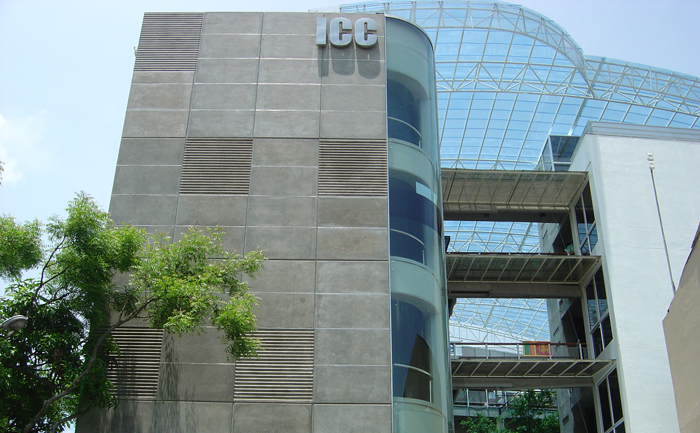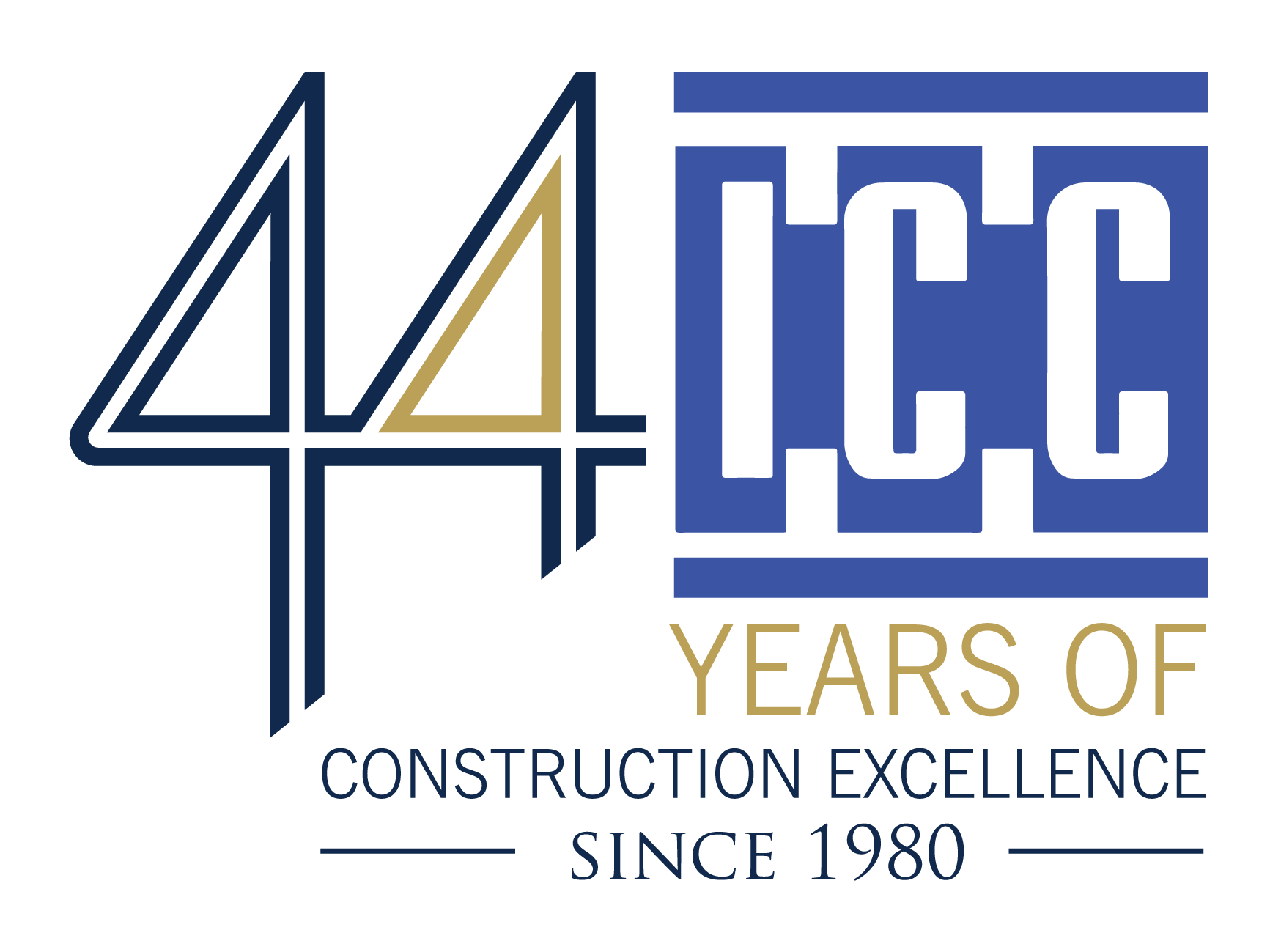In contemporary construction practices, the selection of structural elements plays a pivotal role in ensuring the stability, durability, and overall efficiency of buildings. Among the myriad of options available to architects, engineers, and builders, suspended beam slabs SBS emerge as a particularly favored choice, thanks to a plethora of advantageous attributes they bring to the table.
First and foremost, suspended beam slabs SBS offer enhanced structural integrity, providing robust support for the entire building structure. By distributing loads efficiently across a network of beams and slabs, these systems effectively minimize the risk of structural failure, ensuring the safety of occupants and the longevity of the building itself. This inherent strength makes suspended beam slabs SBS particularly well-suited for applications in high-rise buildings and other structures where structural stability is paramount.
Moreover, the improved load distribution capabilities of suspended beam slabs SBS contribute to their popularity in modern construction projects. By evenly distributing loads and transferring them to supporting columns or walls, these systems help prevent localized stress concentrations, thereby reducing the risk of structural deformation or damage over time. This ensures that the building remains structurally sound even under dynamic loads or adverse environmental conditions.
Another key advantage of suspended beam slabs SBS lies in their versatile construction applications. Whether used in residential, commercial, or industrial settings, these systems offer flexibility in design and construction, allowing architects and engineers to adapt them to a wide range of architectural styles and project requirements. From spanning large open spaces to accommodating irregular floor layouts, suspended beam slabs SBS can be tailored to meet the unique needs of virtually any construction project.
Furthermore, suspended beam slabs SBS are prized for their ease of installation, which can help streamline the construction process and reduce labor costs. Prefabricated components and standardized construction techniques simplify assembly on-site, minimizing the need for complex formwork and reducing construction timeframes. This not only improves project efficiency but also enhances overall construction quality by minimizing the risk of errors or inconsistencies during installation.








